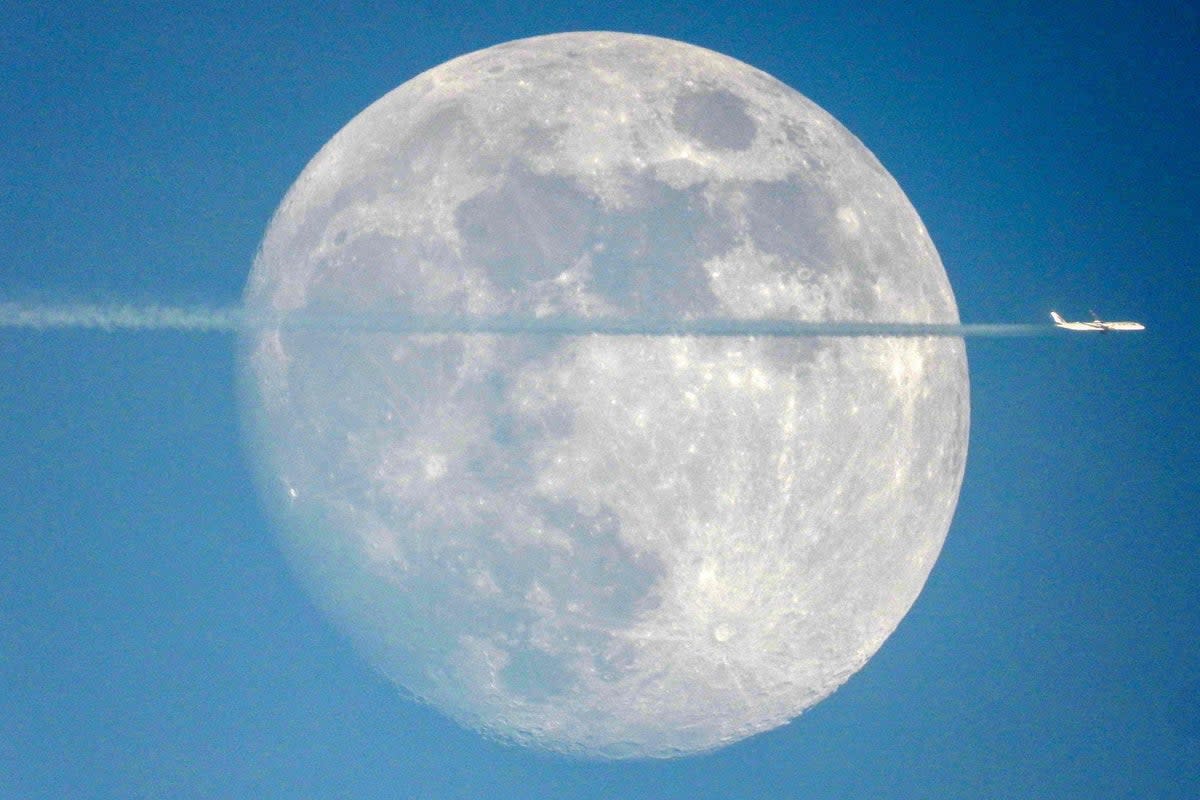Why can we see the moon during the day?

Normally it is a looming bright beacon in the pitch black night sky that stands out and can make you stop and stare.
But have you ever found yourself in the day staring at the sky and seeing the moon?
In the days of cold winter mornings with bright sunshine, there have been many times in the past couple of weeks when the moon is visible in the sky during the day.
But how and why does it linger? Here is what you need to know.
Why can you see the moon in the day?
The moon orbits the Earth in what scientists call "orbital movements". It takes around 27 days for the moon to complete one full orbit of our planet.
The orbital movements between the Earth, Sun and moon mean that it becomes possible to see the moon in four different phases throughout that month.
When the moon is opposite the Sun, we see a full moon in the sky.
But when it is between the Earth and Sun, it is called a "new moon" and not visible to the human eye on Earth.
The two other phases are known as the first quarter and last quarter, and they occur in the times between the new moon and full moon, which is when we see it come and go.
Just like stars and planets, the moon is there in the daytime too, moving while orbiting.

Why can't we see planets in the day?
We can’t see the stars or planets during daylight hours because the sky is so bright from the sun. But the moon has more of an "apparent luminosity", which means that at the right time and right place we can see it clearly.
How can I see the moon?
Experts say there is a specific time that is best for seeing the daytime moon.
Around seven days before a full moon is due, sky gazers can look towards the eastern sky and see it rise in the afternoon. After a full moon, it will be visible in the morning sky.
Sky at Night magazine said: "Using a pair of binoculars or a telescope, you will see that it looks a bit different to the moon we see at night. If you do choose to observe the Moon at daytime, do so with caution as sunlight could damage your eyesight.
"You might think the moon's features during the daytime look 2D: just a pale imprint, a mere shadow. Craters and highlands will still be easy to identify but may not look as they do at night."


